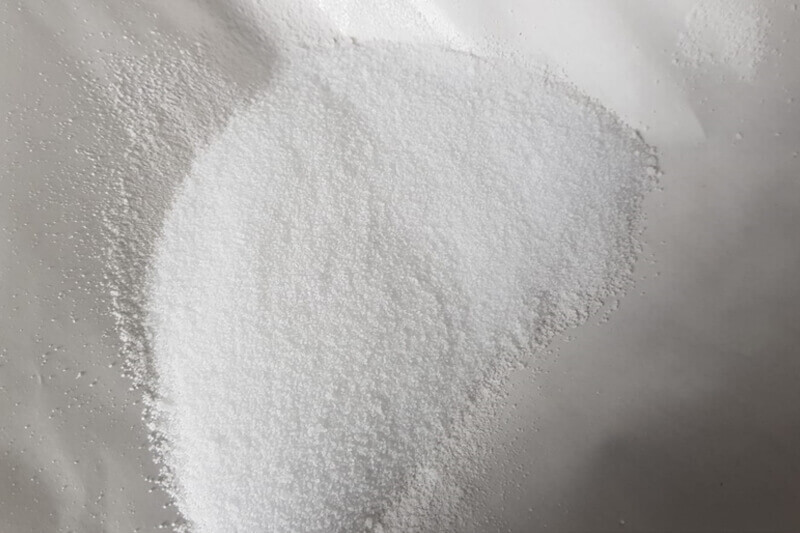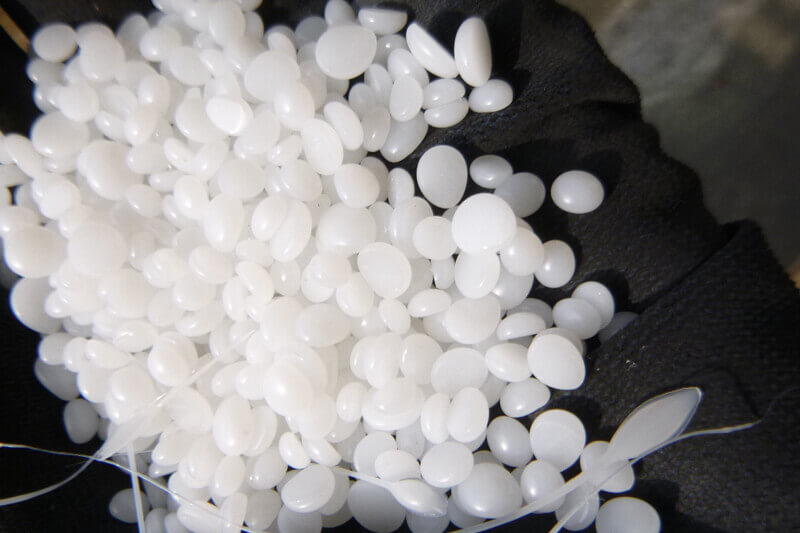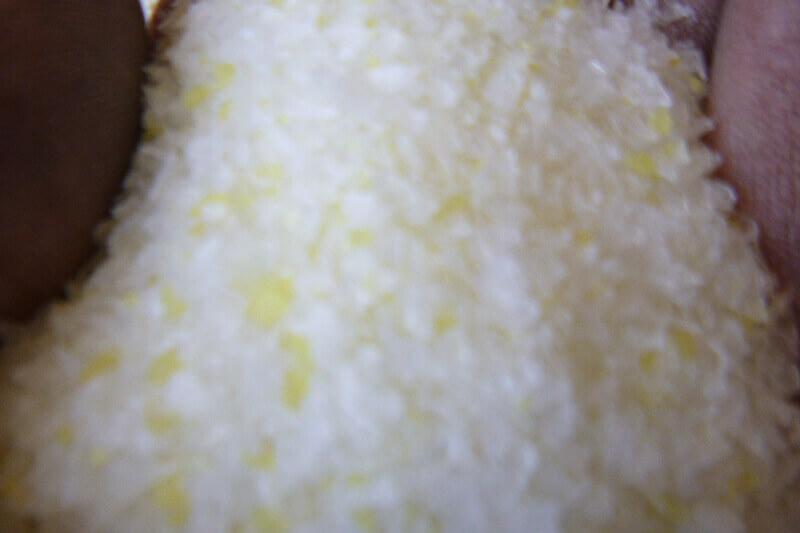- Home
- ADDITIVES & MODIFIERS
Description and Properties of Additives & Modifiers
Additives are substances that are added to products in small amounts in order to achieve or improve certain properties. Additives are used to have a positive effect on production, storage, processing or product properties during and after the use phase.

Polyethylene Wax (PE Wax)
Polyethylene wax (PE wax) is a polyethylene which, due to its low molar mass, has a waxy or fat-like character. PE wax is colorless to white and clear as a melt. Polyethylene wax is soluble in solvents and can be well emulsified. PE wax is the most important polyolefin wax.

Polypropylene Wax (PP Wax)
Polypropylene wax (PP wax) has a high melting point, low melt levels, lubricity and good dispersing properties. PP wax is the good of current polyolefin processing additives. Polypropylene wax has a wide range applications.

Masterbatch (MB)
Masterbatch (MB) is a solid or liquid additive for plastics that is used to color plastics (Color Masterbatch) or to impart other properties of plastics (additive masterbatch). Masterbatch is a concentrated mixture of pigments and / or additives that is encapsulated in a carrier resin during a heat process, which is then cooled and cut into a granular form.
Masterbatch allows the processor to economically color crude polymer during the plastic manufacturing process. Masterbatch increases productivity by increasing volumetric efficiency (as a result of thermal conductivity and volume expansion to temperature), reduces costs and improves the physical properties of plastics such as: higher toughness, flexural stiffness, adhesion, printability.

Ethyl Methacrylate (EMA)
Ethyl methacrylate (EMA) is a chemical compound from the group of carboxylic acid esters and the ethyl ester of methacrylic acid. EMA is a highly flammable, volatile, colorless liquid with a characteristic odor

Ethylene Acrylic Acid Copolymers (EAA)
Ethylene acrylic acid copolymer (EAA) is the ethyl ester of acrylic acid. It is a colorless liquid with a characteristic odor. It is mainly produced for paints, textiles and non-woven fibers. EAA has very good adhesion and sealing properties, special hardness, flexibility. It is easy to work with.

Polyvinyl Alcohol (PVA, PVAL, PVOH)
Polyvinyl alcohol (PVAL, PVA, PVOH) is a thermoplastic material that is produced as a white to yellowish powder, mostly by saponification (hydrolysis) of polyvinyl acetate (PVAC). The direct synthetic route is not possible.
PVAL is resistant to almost all anhydrous organic solvents. Partially saponified PVAL grades with approx. 13% PVAC content are readily soluble in water. As the degree of saponification increases, the solubility in water decreases.

Chopped Fiber Glass
Chopped strands are made by cutting bundles of fiberglass strands into different lengths. It is used as a reinforcement for glass fiber reinforced plastic (GRP).
Chopped fiber glass is mixed in plastics, resins or Portland cement to improve mechanical properties, abrasion properties, electrical conductivity and heat resistance.

Chopped Carbon fibers
Carbon fibers are industrially produced fibers from carbonaceous raw materials which are converted into graphitic carbon by chemical reactions adapted to the raw material.
Carbon fibers are mainly used for the production of carbon fiber reinforced plastic( CFRP = carbon fiber reinforced plastic). Carbon short cut fibers are added to polymers via extruders and injection molding machines.

Maleic anhydride
Maleic anhydride is an organic compound. Maleic anhydride is the acid anhydride of maleic acid. Maleic anhydride is a colorless or white solid with a sharp odor. It is used industrially for applications in coatings and polymers.

Acrylic Acid Butyl Ester (Butyl Acrylate)
Acrylic acid butyl ester (butyl acrylate) is a chemical compound from the group of acrylic esters . Butyl acrylate is an inflammatory, light-sensitive, colorless liquid with a stinging smell.
